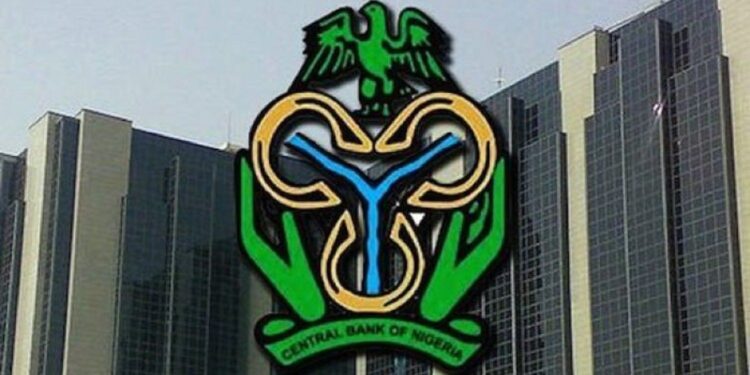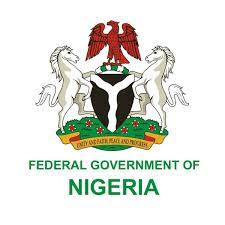The Central Bank of Nigeria (CBN) secured a total of N1.008 trillion at its Open Market Operations (OMO) auction held on Friday, April 25, 2025, as investor demand far exceeded expectations with a 102% oversubscription rate.
Initially offering N500 billion across two maturities, the auction drew bids close to N1.4 trillion. Investors, eager to lock in high yields amid persistent inflation and rising money supply, rushed to purchase the securities, reinforcing the CBN’s aggressive stance on monetary tightening aimed at mopping up excess liquidity.
High Demand for Longer-Term Bills
The 319-day OMO bill, set to mature on March 10, 2026, attracted overwhelming interest, receiving over N1 trillion in bids—four times its initial offer of N250 billion. Ultimately, the CBN allotted N688.30 billion at a stop rate of 22.73%.
Similarly, the 298-day bill maturing on February 17, 2026, garnered N329.54 billion in bids, with N319.54 billion allotted at a 22.37% stop rate. Overall, the CBN raised double its initial offer, highlighting the liquidity available in the financial system despite tighter monetary conditions.
Surging Money Supply Challenges Tightening Efforts
The auction comes against a backdrop of rapid expansion in Nigeria’s broad money supply (M3), which climbed to N114.22 trillion in March 2025—a 24% increase year-on-year. Net foreign assets grew by nearly 39%, helping offset the decline in domestic liquidity, but complicating the CBN’s efforts to rein in inflation.
Despite raising the cash reserve ratio to a record 50% and maintaining a benchmark interest rate of 27.5%, liquidity remains buoyant, feeding into strong demand for government debt securities.
Inflationary pressures continue to build, with Nigeria’s headline inflation reaching 24.23% in March, up from 23.18% in February. Month-on-month inflation also accelerated, raising concerns that demand-side pressures and elevated input costs could further stoke price rises.
Market Response and Policy Outlook
Investor appetite for longer-dated securities suggests expectations that elevated interest rates will persist. The strong auction turnout indicates that market participants remain keen to hedge against inflation while securing high returns.
OMO bills have become crucial tools for the CBN, helping it manage short-term interest rates and absorb surplus cash from the financial system. By offering high-yield instruments, the central bank seeks to dampen inflationary momentum and guide market expectations ahead of its next policy review.
Attention now turns to the CBN’s Monetary Policy Committee (MPC) meeting scheduled for May 19–20, 2025. With inflation accelerating and liquidity remaining high, analysts anticipate further monetary tightening may be on the table. However, the CBN faces a delicate balancing act between taming inflation and avoiding excessive tightening that could stifle credit growth and economic recovery.











